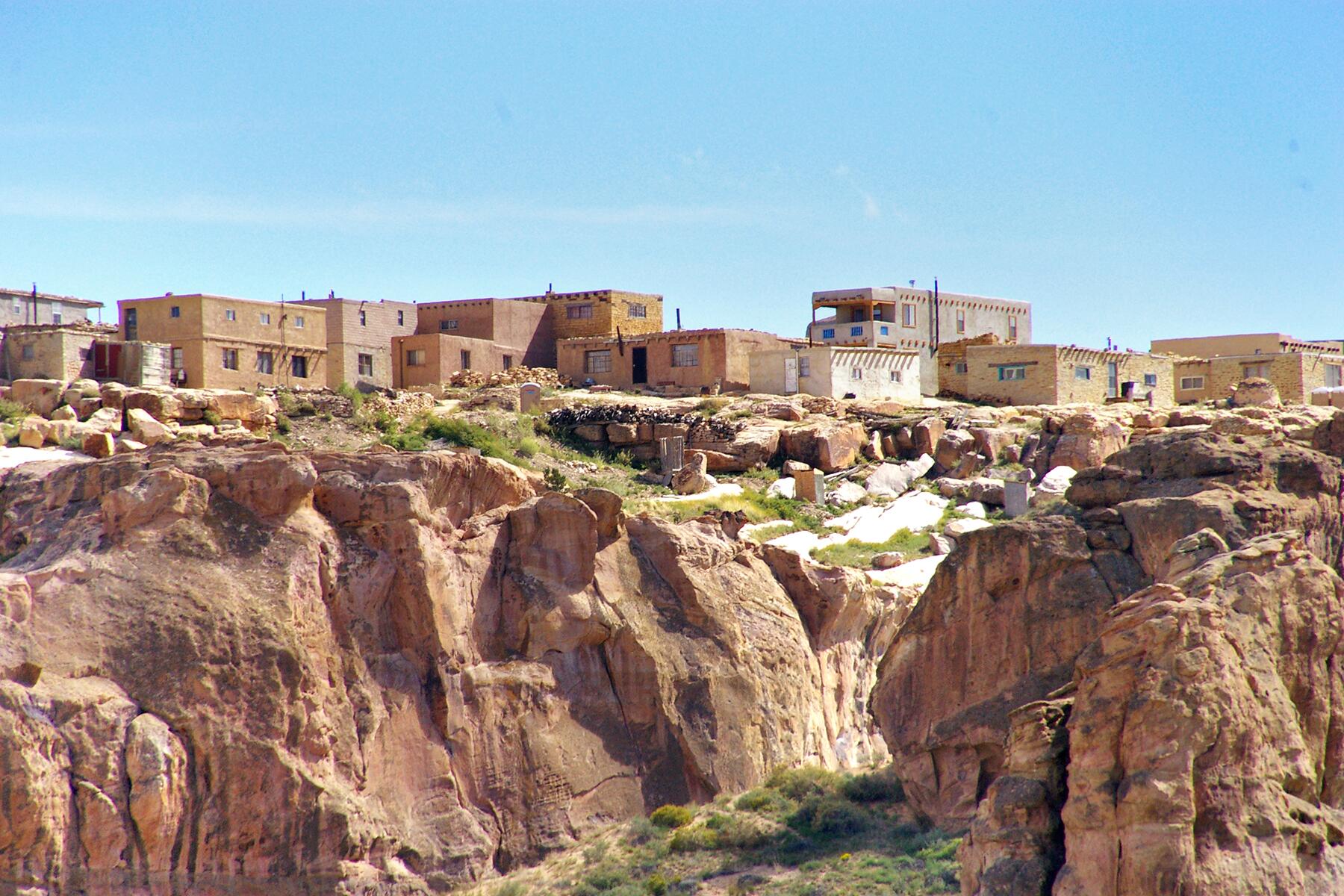This is what 10,000 years of human ingenuity looks like.
Even the best historians can’t make history come alive quite like the experience of standing before a historical site in person. Knowing your footprints might be aligning with those of ancient cultures has a way of putting things in perspective that no textbook could ever convey. From the scent of the wet earth after a New Mexican summer storm in ancient pueblo to the feel of the cold limestone walls that line the interior of Egypt’s oldest pyramid, these man-made structures have stood the test of time and are still worth visiting today.
Top Picks for You
I know you don't care much about history but Christopher Columbus was never held prisioner in Fortaleza Ozama (No. 2) . It's date of construction started on 1502, yet Columbus was imprisioned in 1500.
The reason for the confusion is because there was another fort he and his brother were imprisioned in 1500, but that was on the east side of the river. After a major hurricane tore through the city Nicolas de Ovando had it rebuilt on the west side of the river where the fort is presently located. Nevertheless, the views are spectacular at the top of the tower and witness that "tale of two cities".
All these places you mention pale in comparison to the official oldest free standing temple still in existence. This is the Temple of Mnajdra, in the small island of Malta. This dates back to circa 5000yrs BC, predating the pyramids of Egypt by around 1000years.This tiny island has an incredible amount of similar temples all over the island, which till today, no one knows exactly what type of civilisation constructed them. They include massive, 10 tonne stones which were placed upright next to each other. Other similar structures can exactly predict the Sumner and Winter solstice. They deserve an article all on their own.






FREE PALESTINE!!